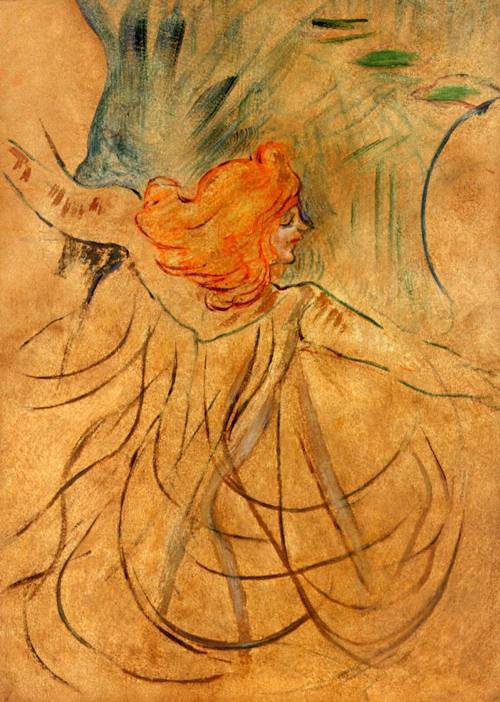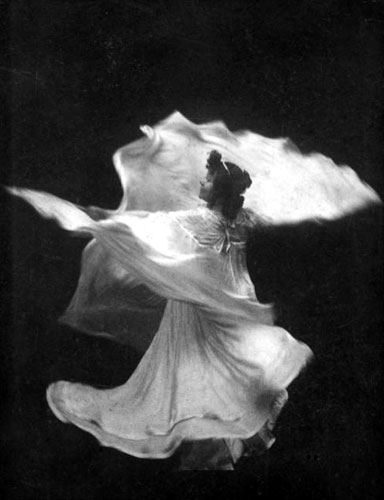
Figure 1 – Painting of Loie Fuller by Henri de Toulouse-Lautrec. From the Wikipedia and in the public domain in the United States because of its age.
Today I thought that we would get out of the woods and return to the Belle Époque. For some reason the other day the great dancer of that period, Loïe Fuller (1862-1928), came to my mind, and I started searching for photographs and videos of her. Loïe Fuller was a visionary, and in many regards like Evelyn Nesbit, like Sarah Bernhardt, like Anna Pavlova, and like Isadora Duncan she pioneered what performance stars do today – they ride the wave of a shrinking world and the developing technologies that promoted worldwide connectivity.
She was born Marie Louise Fuller outside of Chicago in Fullersburg, Illinois. She began her theatrical career as a professional child actress and later as a “skirt dancer” in burlesque. She was essentially self-taught and developed her own characteristic techniques. Her choreography combined colorful silk costumes illuminated by multi-colored lighting, again by her own design. One of her most famous works was the “Serpentine Dance” and there is a miraculous hand-colored film clip made in 1896 by the Lumiere Brothers of it being perfomed. Apparently, the dancer in this is not Fuller herself but flame dancer Papinta.
While Fuller became famous in America, she felt underappreciated and after a warm reception in Paris during a European tour persuaded, she was persuaded to remain in France, becoming a regular performer at the Folies Bergère at the Moulin Rouge with works such as her “Fire Dance.” Indeed, one of the reasons that we remember her today is because of paintings and posters of her performances by such artists as Henri de Toulouse-Lautrec (1864-1901). Figure 1 is a painting of her by Toulouse-Lautrec. It is also significant to note that many of Fullers costumes required elaborate technical designs, which she invented and patented.
Not surprisingly, this colorful figure and her flowing costumes and dramatic lighting attracted the great photographers of her day, Searching among them is truly a visual delight. I have chosen here as Figure 2 a portrait of her dancing by Isaiah West Taber (1830 – 1912) I chose this both because of the wonderful sensitivity and expressively captured motion of the image but also because it is so similar to Toluose-Lautrec’s painting.

